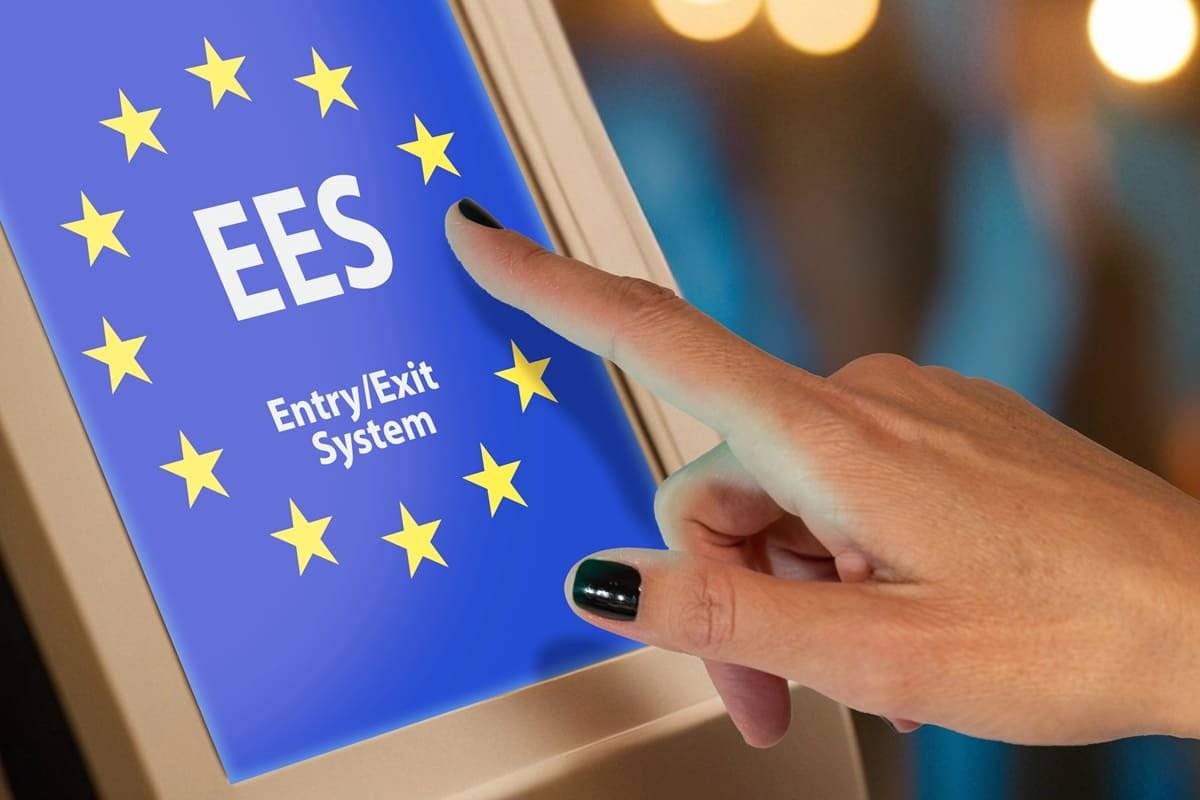Members of the European Parliament’s Civil Liberties Committee have given the green light to the phased implementation of the Entry/Exit System (EES) at the European Union’s external borders.
On April 23, On April 23, the European Parliament’s Civil Liberties Committee approved the step-by-step deployment of the Entry/Exit System (EES), continuing the roll-out of this new tool at the European Union’s external borders.
The vote passed with a strong majority—54 in favor, 2 against, and 10 abstentions—marking a key milestone in the EU’s strategy to modernize and secure migration management in the digital age.
EES: a long-awaited system
Although the EES project was initially adopted in 2017, its deployment has faced repeated delays. In March, EU interior ministers approved a revised timeline, stating that the system “is expected to become operational in October 2025”.
Assita Kanko (ECR, Belgium), the rapporteur for the project, said, “the purpose of the Entry-Exit System is to make EU citizens safer. In the eight years since the EES legislation was adopted, security threats have only increased, meaning that the system is now more important than ever.”
“Unfortunately, the system is still not operational, as not all member states are as yet ready for its full launch. With this gradual roll-out, we aim to get the system up and running as soon as realistically possible, and I’m glad about the broad support in Parliament for my position,” the MEP added.
How the EES works and what it aims to do
The Entry/Exit System is designed to enhance border security by electronically recording the entry, exit, and refusal of entry for third-country nationals traveling to the Schengen Area for short stays (up to 90 days within any 180-day period). It will replace manual passport stamping with a digital system that includes biometric data such as fingerprints and facial images.
These records will be stored in a centralized database, allowing authorities to automatically calculate the allowed length of stay and detect overstays. The system is intended to streamline border checks and help combat irregular migration.
Travelers from non-EU countries will be required to present their passport on arrival, undergo facial image capture, and have their fingerprints scanned. The EES will not apply to European Union citizens or holders of long-stay visas.
Staggered EES roll-out to avoid overload
Under the proposed legislation, the European Commission will set the official start date for a 180-day period during which Member States will gradually roll out the EES at their external borders.
From day one, at least 10% of border crossings must be recorded using the new system. That threshold will rise to 50% by day 90, and full implementation—100%—is expected by the end of the period.
MEPs have proposed amendments to give Member States more flexibility in how they implement the system. They argue countries should be allowed to choose between a gradual or simultaneous deployment. If the phased option is selected, they suggest easing the requirements: targeting 10% coverage by day 30 (instead of day 1) and 35% by day 90 (instead of the originally proposed 50%).
ETIAS: another cornerstone of border control strategy
Alongside the EES, the EU is preparing to launch ETIAS (European Travel Information and Authorisation System), an electronic travel authorization system for nationals of 59 visa-exempt countries traveling to the Schengen Area for short stays.
Originally slated for 2025, ETIAS has been delayed to the last quarter of 2026 due to technical issues and the need to ensure interoperability with the EES.
Under ETIAS, eligible travelers will need to apply for authorization online before their trip, paying a €7 fee. Once approved, the travel authorization will be valid for three years or until the expiration of the passport used in the application.
As with the EES, ETIAS will also have a phased rollout. There will be a six-month transition period during which ETIAS will not be mandatory, followed by a six-month grace period allowing for certain exemptions.







